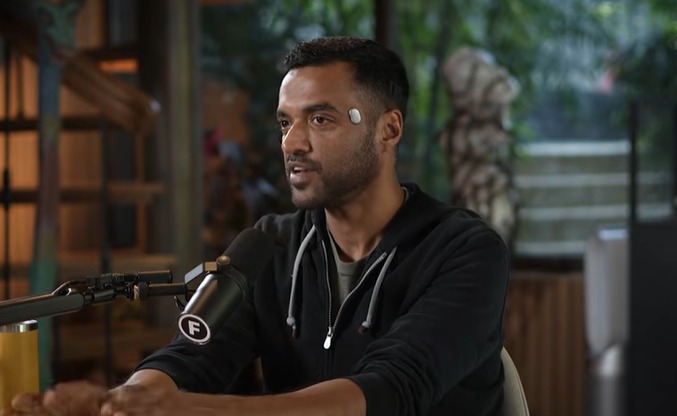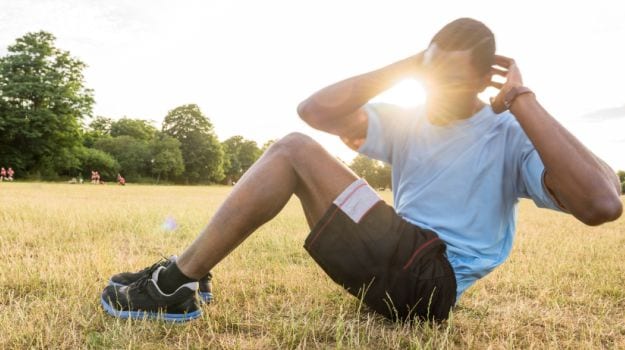Fitness experts have long emphasized on marrying cardio with weight training. You don't only need to lose fat but also fill up the gap by strengthening your muscles. And all of this is not achievable without proper nutrition and diet. This piece sets out to address one of the biggest and commonest blunders in the fitness space. But before we get down to it, let me ask you a question - what is one of the most desirable changes we all want to see in our bodies?
This piece sets out to address one of the biggest and commonest blunders in the fitness space. But before we get down to it, let me ask you a question - what is one of the most desirable changes we all want to see in our bodies?
Correct me if the answer is not vanishing of belly fat. Don't we all dream of flaunting well-toned abdominal muscles? Yes, we do! And what do we do to achieve that? We crunch. But is it the right approach? Let's find out.
Abs training versus core strengthening"Unfortunately, working only on your abs will not give you flatter tummy, unless you work on your 'core' muscles. Training one set of muscles is not worthwhile as it will not give you an overall toned look. You need to work on the associated muscles as well to achieve better results," says Gaurav, fitness manager, Sports Fit, Vasant Kunj.
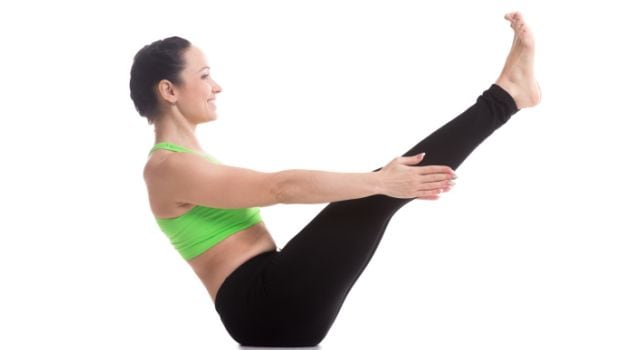
Team abdominal exercises with the ones which would support lower back and glutes as well
Abdominal muscles are made of four large muscle groups - rectus abdominis that makes the six-pack abs, the muscles at the sides known as the side obliques or the internal and external obliques, and a bigger layer of muscles beneath the rectus abdominis known as the transverse abdominis. In most cases, people do not train their abs properly, and the obliques are neglected completely.
These four abdominal muscles form a part of the larger core which is made of nine different muscles located in the lower back, pelvic area, butt area (glutes), thighs and hamstring.
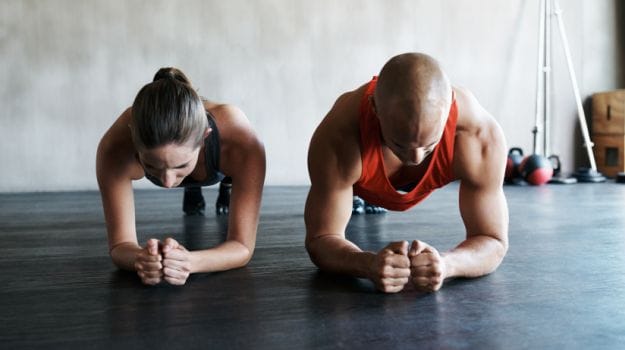 Planks: a winner of all core exercises
Planks: a winner of all core exercises
According to a South Delhi-based fitness expert Sanaa Vidyalankar, core training addresses the need to strengthen a series of muscles which are important for body stability. "No exercise will work when done in isolation. Spinal erector - part of the core - connects your lower back to your abdomen. It is absolutely important to train this set of muscles," advises Sanaa, who also owns a fitness academy in GK 1, Delhi. According to her core muscles are what keep you standing. "One of the most ignored core muscle groups would be the hip flexor - these are found around the socket that connects our hip to the pelvic," she shares.
Why core training is important
Do you function only through your abs? No! You may not realise this but your core area is responsible for most primary movements in the body. Your body balances itself with the help of core muscles. Posture maintenance is also vested with it. Lifting weights depends more on your core strength rather than any specific muscle group - because you don't lift using just one set of muscles. Simply put, apart from the muscles located in the hands and legs, everything else would make up your core.
It is vital to note that most ab exercises involve the back as well. After certain reps of leg raises many people experience back pain. Why is that? It is because their back can't support the strain from exercising because it is weak. That is when the "core" issue comes in. Along with your abdominal muscles, working on your hamstrings, glutes and lower back is very crucial.

Core training is important as it not only strengthens your abdominal muscles it also works on strengthening other significant areas. "Core training is important for people with weak back and injuries. Slowly and gradually, if worked upon under supervision, core training can also mitigate the aftermath of lower back trauma," notes Gaurav.
How to work on your core?"You cannot work only on your abs and expect results. It has to work like tightening of a belt. You can't keep pulling your front and not work on your back. It will create an imbalance. Core has a lot to do with managing weight, lifting and handling additional weight and maintaining posture. The best way to start your core training is through body weight exercises, the classic one being the plank position," shares a Delhi-based yoga and aerobics expert, Vanita Randhwa.
Yoga and pilates are your best bet to begin core training. Some of the asanas and postures work extremely well on all different muscles of the body. Following exercises are enough to begin with. Start with performing each for 15 seconds, going up to a minute.
Planks and Side Planks: These are wonderful for your body. These work best on your arms, abs, lower back, upper back, shoulders, obliques and hip relexor - maximum number of your muscles.
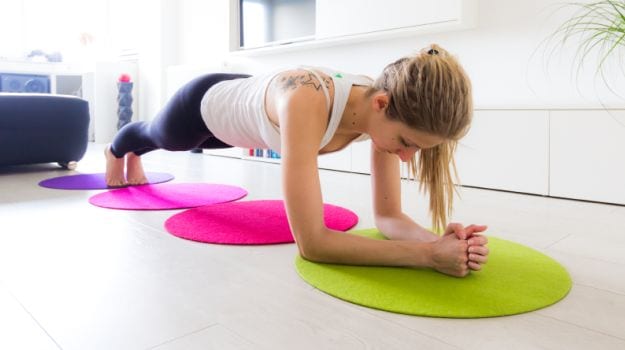
Bridge: People underestimate this exercise. If done properly and in variation these can work wonders on the lower back and glutes.
Cycling: It is one of the easiest ways to work on your hip flexors and other core muscles. Lie down on your back with your hands on your sides, keep your knees in the air at 90 degrees and cycle. To begin with, do 30 reps. Leg rotations are also a good option.
Single leg dead lifts: An excellent way to work out your core. These can be done empty handed or along with weights as well.
Things you should never forget
"If you extend planks up to three minutes, compliment it with lower back exercises to provide strength and stability to your muscles," says Sanaa.
"Do not work on the same muscle group every day. Your muscles need at least two days recovery time to be able to get under pressure again. It is best to work on your abs on an empty stomach. Do not drink a lot of water while training your core, especially the abdomen area, it may lead to digestive issues," says Gaurav.

